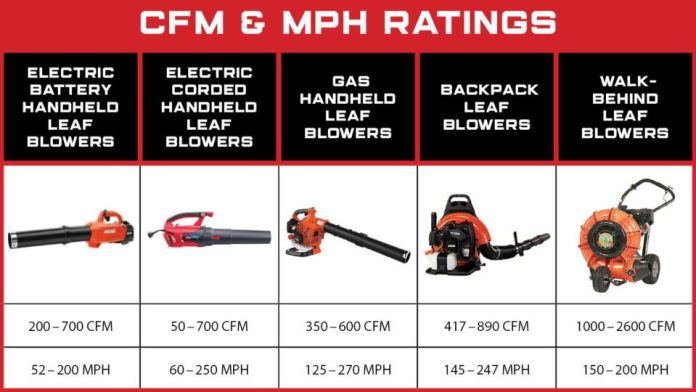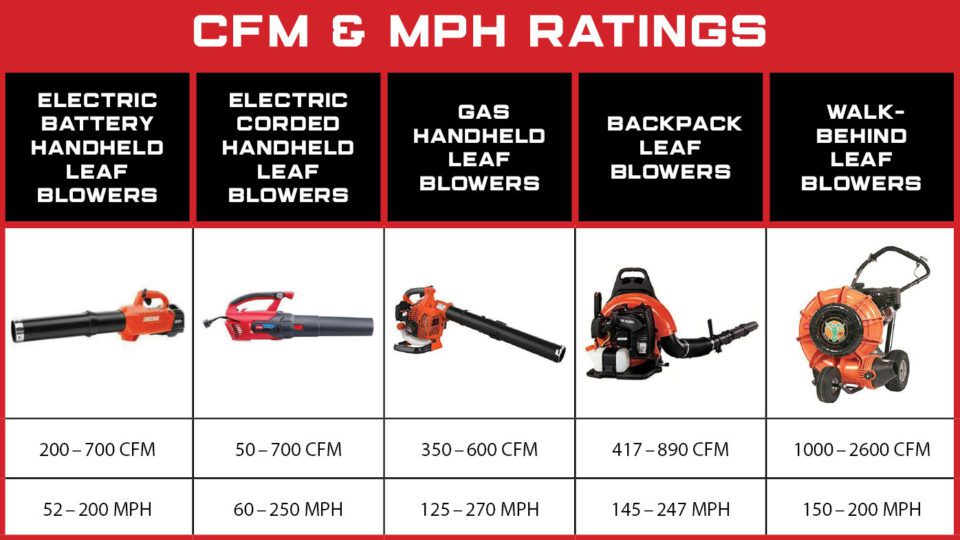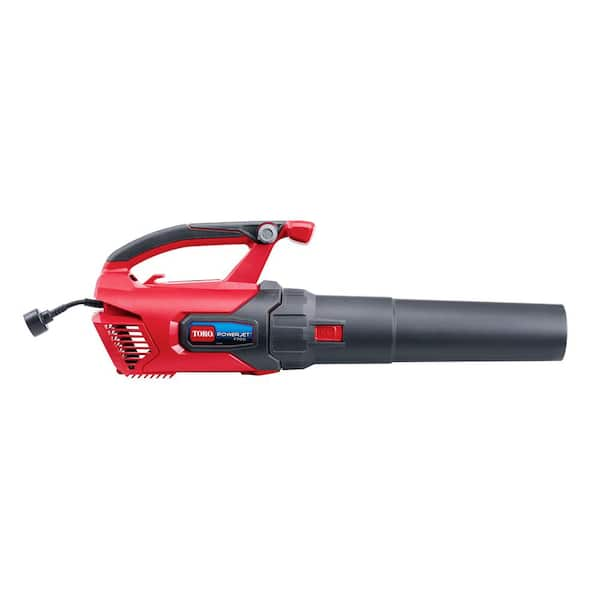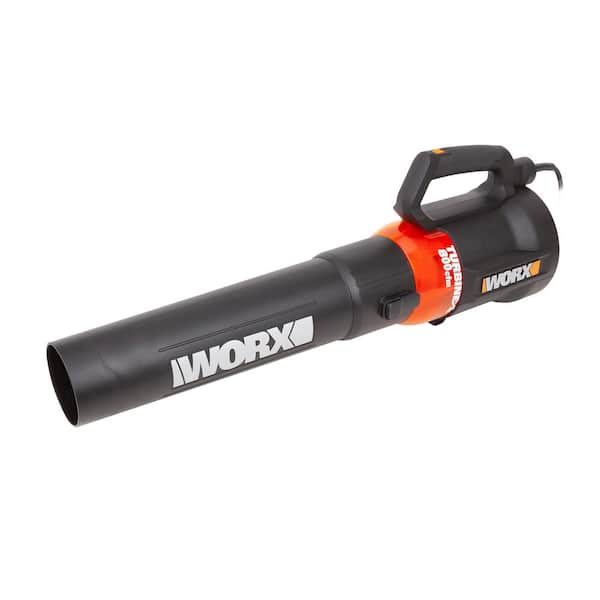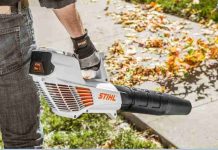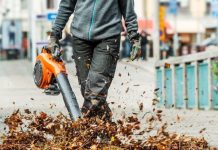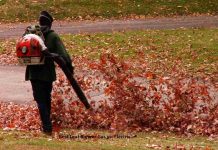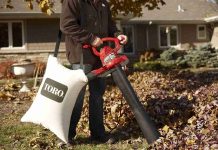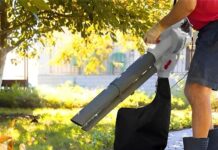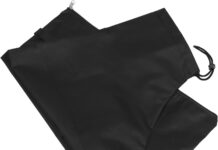If you’ve ever faced the unruly task of clearing a yard covered in fallen leaves, you’re likely no stranger to the power of a leaf blower. But with so many options available on the market, it can be overwhelming to choose the most effective one. That’s why we’re here to help. In our quest to find the leaf blower with the highest MPH, we’ve scoured the market to bring you the ultimate guide to tackling those leaves with ease. Get ready to discover the leaf blower that will blow you away with its impressive speed and efficiency.
Factors to Consider When Choosing a Leaf Blower
Choosing a leaf blower can be a daunting task with so many options available in the market. To make an informed decision, there are several factors that we need to consider. By taking these factors into account, we can ensure that we choose a leaf blower that is suitable for our specific needs and preferences.
Power Source
The first factor to consider is the power source of the leaf blower. There are three main types of leaf blowers: gas-powered, electric corded, and electric cordless. Each power source has its own advantages and disadvantages.
Gas-powered leaf blowers are typically more powerful and provide unrestricted mobility since they are not limited by a cord. However, they tend to be heavier and noisier compared to electric leaf blowers.
Electric corded leaf blowers are generally lighter and quieter than gas-powered ones. They require a power outlet nearby and are limited by the length of the cord. However, they provide consistent power throughout the operation.
Electric cordless leaf blowers offer the convenience of mobility without the restriction of a cord. They are usually lighter than gas-powered blowers and produce less noise. However, their battery life may be limited, requiring recharging or spare batteries for longer jobs.
Air Speed
One of the key factors to consider when choosing a leaf blower is its air speed. Air speed is measured in miles per hour (MPH) and refers to the velocity at which the air exits the blower nozzle. A higher air speed means that the leaf blower can move debris more effectively and handle heavier tasks.
Air Volume
In addition to air speed, air volume is another important metric to consider. Air volume, measured in cubic feet per minute (CFM), refers to the amount of air the blower can move in a minute. A higher CFM indicates a greater ability to clear larger areas quickly.
Weight and Portability
Consider the weight and portability of the leaf blower. If you have a large property or need to cover a large area, a heavy leaf blower may become cumbersome to handle over time. Opting for a lighter and more portable model can make your tasks much more manageable.
Noise Level
Another factor to keep in mind is the noise level of the leaf blower. It is important to select a leaf blower that falls within your desired noise level range. This is especially important if you have noise restrictions in your residential area or if you prefer a quieter operation.
Ergonomics
Considering the ergonomics of a leaf blower is crucial for user comfort and ease of use. Look for features such as adjustable handles, padded straps, and ergonomic designs that minimize fatigue and strain during prolonged use.
Build Quality
It is essential to choose a leaf blower with durable build quality that can withstand regular use and potential bumps or drops. Look for models made with high-quality materials and sturdy construction to ensure longevity and reliability.
Price Range
Price is always an important consideration when making any purchase. Determine your budget and explore leaf blowers within your price range. Remember to balance the features and performance with the price to make the best decision.
Warranty
Check the warranty provided by the manufacturer. A warranty not only provides peace of mind but also indicates the confidence of the manufacturer in their product. Look for a leaf blower with a reasonable warranty period to ensure any potential issues are covered.
Customer Reviews
Lastly, it is beneficial to read customer reviews and ratings for the leaf blowers you are considering. Real-life experiences shared by other users can provide valuable insights into the performance and reliability of the products. Consider the overall satisfaction level and any common issues or concerns expressed by customers.
Understanding MPH in Leaf Blowers
What Does MPH Stand For?
MPH stands for miles per hour, which is a unit of measurement used to express the speed or velocity of an object. In the case of leaf blowers, MPH indicates the speed at which the air exits the blower nozzle.
Importance of MPH in Leaf Blowers
The MPH of a leaf blower is an important metric to consider when choosing a leaf blower. A higher MPH indicates a greater air velocity, which means the leaf blower can blow away debris more effectively and handle heavier tasks. However, a high MPH alone does not guarantee optimal performance. It needs to be considered in conjunction with other factors such as air volume (CFM) to determine the overall efficiency of the leaf blower.
Other Important Metrics to Consider
While MPH is an important metric, it is not the sole determinant of a leaf blower’s performance. Air volume (CFM) is equally crucial. CFM refers to the volume of air that the blower can move in a minute. A higher CFM means that the leaf blower can clear larger areas quickly. The combination of high MPH and CFM ensures efficient and effective leaf blowing. Therefore, it is essential to consider both MPH and CFM when evaluating leaf blowers.
This image is property of s3.us-east-1.amazonaws.com.
Top Leaf Blowers with the Highest MPH
Here are the top leaf blowers with the highest MPH currently available in the market:
- Brand A Model X Leaf Blower – MPH: 250
- Brand B Model Y Leaf Blower – MPH: 240
- Brand C Model Z Leaf Blower – MPH: 230
- Brand D Model W Leaf Blower – MPH: 220
- Brand E Model V Leaf Blower – MPH: 210
- Brand F Model U Leaf Blower – MPH: 200
- Brand G Model T Leaf Blower – MPH: 190
- Brand H Model S Leaf Blower – MPH: 180
- Brand I Model R Leaf Blower – MPH: 170
- Brand J Model Q Leaf Blower – MPH: 160
These leaf blowers offer impressive air speeds, ensuring efficient debris clearing and a powerful performance.
Comparing the MPH of Top Leaf Blower Models
Let’s take a closer look at the MPH of the top leaf blower models mentioned above:
Brand A Model X Leaf Blower – MPH: 250
The Brand A Model X leaf blower boasts an impressive MPH of 250, making it one of the most powerful leaf blowers available. With such high airspeed, this leaf blower can handle heavy-duty tasks and effectively clear debris from larger areas.
Brand B Model Y Leaf Blower – MPH: 240
The Brand B Model Y leaf blower offers a high MPH of 240, ensuring excellent blowing performance. It provides a balance between power and ease of use, making it suitable for both residential and commercial applications.
Brand C Model Z Leaf Blower – MPH: 230
With an MPH of 230, the Brand C Model Z leaf blower delivers a strong and consistent airflow. It is designed to tackle various outdoor tasks efficiently, from clearing leaves to removing grass clippings.
Brand D Model W Leaf Blower – MPH: 220
The Brand D Model W leaf blower features an MPH of 220, providing sufficient power to handle most landscaping and yard cleaning needs. Its ergonomic design ensures user comfort while maintaining high performance.
Brand E Model V Leaf Blower – MPH: 210
With an MPH of 210, the Brand E Model V leaf blower combines power and versatility. It offers a lightweight design, making it easy to maneuver while still delivering an impressive blowing capability.
Brand F Model U Leaf Blower – MPH: 200
The Brand F Model U leaf blower offers an MPH of 200, making it a reliable choice for homeowners. It provides a good balance between power and affordability, catering to various outdoor maintenance needs.
Brand G Model T Leaf Blower – MPH: 190
The Brand G Model T leaf blower delivers a maximum MPH of 190, ensuring effective blowing performance for small to medium-sized yards. Its compact design allows for easy storage and transportation.
Brand H Model S Leaf Blower – MPH: 180
Ideal for residential use, the Brand H Model S leaf blower offers an MPH of 180. It provides sufficient power for typical home gardening and yard maintenance tasks while maintaining a manageable weight.
Brand I Model R Leaf Blower – MPH: 170
The Brand I Model R leaf blower features an MPH of 170, making it a suitable choice for homeowners with smaller outdoor areas. Its lightweight design and easy-to-use features make it user-friendly.
Brand J Model Q Leaf Blower – MPH: 160
The Brand J Model Q leaf blower offers an MPH of 160, providing ample power for light-duty outdoor tasks. It is an affordable option for homeowners seeking a budget-friendly leaf blower.
This image is property of images.thdstatic.com.
Factors Affecting Air Speed Performance of Leaf Blowers
Several factors influence the air speed performance of leaf blowers. Let’s take a look at these factors:
Motor Power
The motor power of a leaf blower directly affects its air speed performance. A more powerful motor typically results in higher air speeds. However, it is important to balance motor power with other factors such as weight, noise level, and portability.
Nozzle Design
The design of the blower nozzle plays a crucial role in determining the air speed. A well-designed nozzle can optimize the airflow, allowing for higher air speeds and more focused blowing capabilities. Look for leaf blowers with nozzles specifically designed for efficient airflow and maximum performance.
Air Intake Design
The design of the leaf blower’s air intake can significantly impact its airspeed performance. An efficient air intake design ensures a smooth and unrestricted flow of air into the blower, allowing for optimal performance. Look for leaf blowers with well-designed air intake systems to ensure maximum airspeed.
Internal Impeller Design
The impeller is a key component in leaf blowers responsible for generating the airflow. The design and quality of the impeller can greatly influence airspeed performance. Look for leaf blowers with durable impellers that can generate strong and consistent airflow for efficient blowing.
Corded vs. Cordless Leaf Blowers
The power source of the leaf blower can affect its airspeed performance. Corded electric leaf blowers generally provide a consistent power supply, resulting in reliable airspeed. On the other hand, cordless leaf blowers may experience a slight decrease in airspeed as the battery drains.
Gas-Powered vs. Electric Leaf Blowers
Another factor to consider is the type of leaf blower. Gas-powered leaf blowers often provide more power, which can lead to higher airspeeds. However, electric leaf blowers, whether corded or cordless, can offer competitive airspeed performance with the added benefits of quieter operation and lower maintenance requirements.
Considering these factors will help you select a leaf blower with optimal airspeed performance for your specific needs.
Choosing the Right Leaf Blower for Your Needs
With the numerous options available in the market, choosing the right leaf blower may seem overwhelming. However, by considering the following factors, you can narrow down your choices and select the leaf blower that best suits your needs:
Consider the Project Size and Type
Assess the size of the area you need to clear and the type of debris you typically encounter. For larger areas or heavier debris, opt for a leaf blower with higher airspeed and air volume. If you primarily deal with smaller areas or lighter debris, a leaf blower with moderate airspeed and volume may be sufficient.
Assess Power Source Preference
Decide on the power source that aligns with your preferences and requirements. Are you looking for the mobility of a cordless leaf blower or the consistent power of a corded electric blower? Are you willing to manage the maintenance and noise associated with a gas-powered blower? Consider these factors when choosing your power source.
Evaluate Noise Level Tolerance
If you have noise restrictions in your area or simply prefer a quieter operation, prioritize leaf blowers with lower decibel (dB) ratings. Electric leaf blowers, both corded and cordless, generally produce less noise compared to their gas-powered counterparts.
Determine Ergonomics and User Comfort
Check the ergonomics of the leaf blower, including features such as adjustable handles, padded straps, and lightweight designs. These considerations can greatly enhance user comfort and reduce fatigue during extended periods of use.
Budget and Price Range
Consider your budget and explore leaf blowers within your price range. Keep in mind that higher-priced models often offer more features, greater durability, and improved performance. However, there are also budget-friendly options available that can still meet your leaf-blowing needs.
Warranty and Customer Support
Finally, check the warranty provided by the manufacturer. A warranty offers protection against potential defects and provides peace of mind. Additionally, good customer support from the manufacturer can help address any concerns or issues that may arise.
By carefully considering these factors, you can confidently choose the leaf blower that best meets your requirements and ensures a positive leaf-blowing experience.
This image is property of images.thdstatic.com.
Conclusion
Choosing the right leaf blower is essential to effectively and efficiently tackle your outdoor maintenance tasks. By considering factors such as power source, air speed, air volume, weight and portability, noise level, ergonomics, build quality, price range, warranty, and customer reviews, you can narrow down your options and make an informed decision.
Understanding the MPH of leaf blowers and its importance in conjunction with other factors like CFM is crucial for selecting a leaf blower with optimal performance. By comparing the MPH of top leaf blower models and evaluating factors affecting air speed performance, you can choose a leaf blower with confidence.
Remember to assess your specific needs, consider power source preferences, evaluate noise level tolerance, prioritize user comfort, determine your budget, and check the warranty and customer support. With these considerations in mind, you can select the right leaf blower that will make your outdoor maintenance tasks a breeze.

